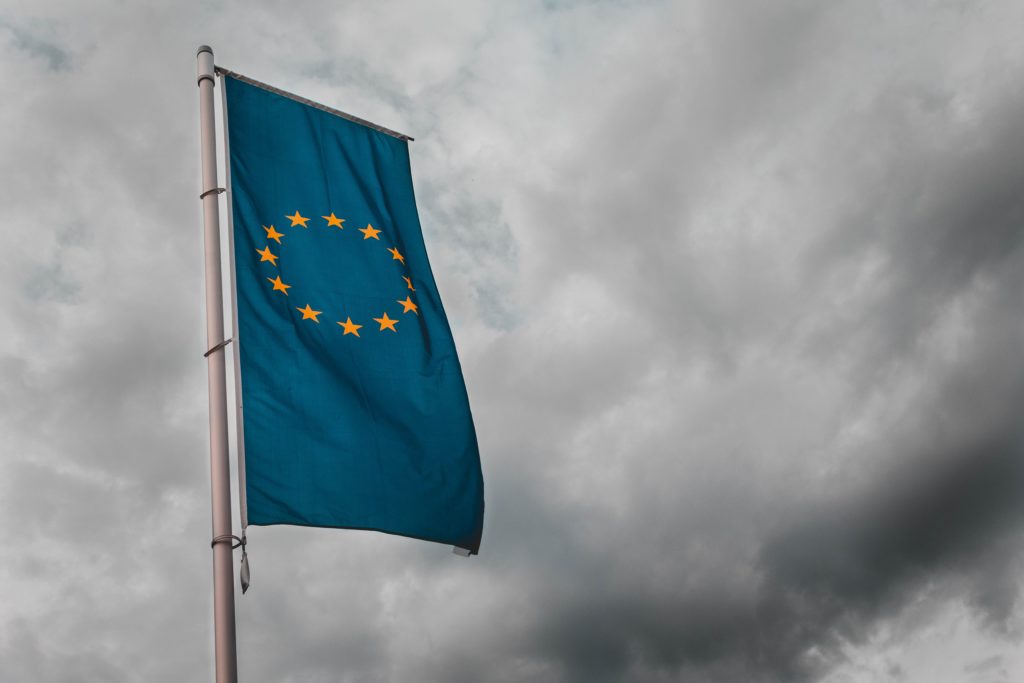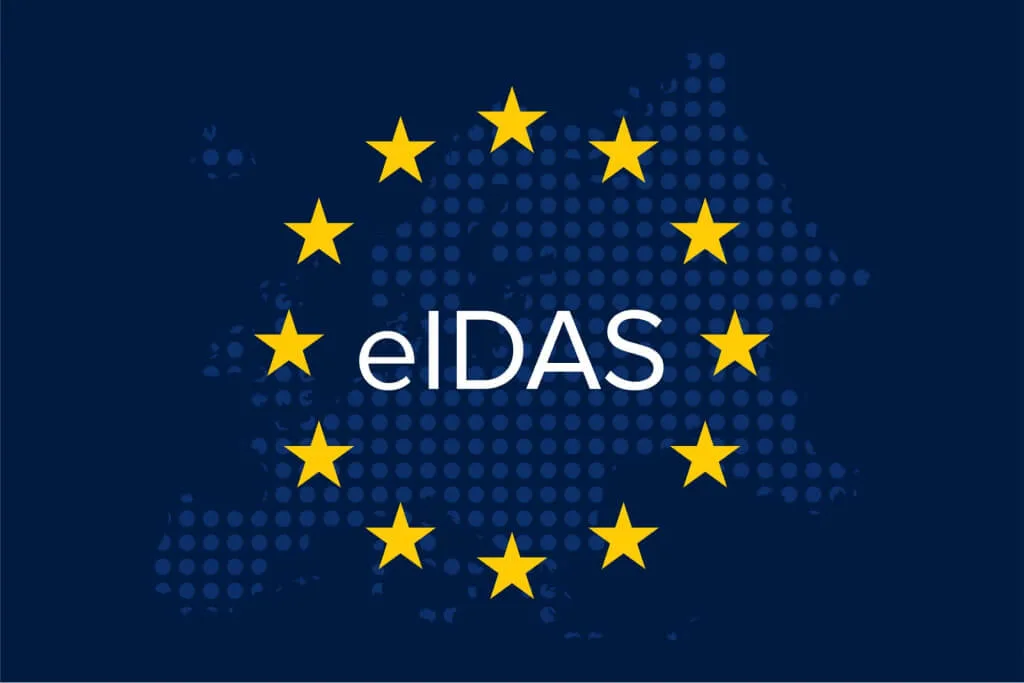Have you heard about eIDAS 2? In June 2021, the EC proposes to reform the current eIDAS EU Regulation No. 910/2014 on electronic identification and trust services for electronic transactions in the internal market, with the aim of improving its effectiveness and promoting trusted and secure digital identities for all Europeans (citizens, residents and businesses). This amendment is known as eIDAS 2 or EUid.
In this article we will explain its importance, the main objectives and what the new e-ID consists of.
What is meant by the eIDAS Regulation?
The eIDAS Regulation defines a legal framework to ensure secure and seamless electronic transactions between businesses, citizens and public authorities.
Electronic signature, electronic stamp, electronic time stamp, certified electronic delivery and website authentication are the 5 confidence services regulated by the eIDAS regulation.
What is eIDAS 2?
eIDAS 2, also known as EUid, is a modification of the current regulation. It promotes the right (free and voluntary) for everyone to have a recognized digital identity anywhere in the European Union in order to facilitate transactions that require sharing personally identifiable information with greater confidence and security.

Main objectives
In short, the objectives to be achieved with eIDAS 2 are:
- Provide access to trusted and secure digital identity solutions that can be used across borders.
- Ensure that public and private services can rely on trusted and secure digital identity solutions across borders.
- Give citizens full control over their personal data and ensure their security when using digital identity solutions.
- Ensure a level playing field for the provision and acceptance of qualified trust services in the EU.
Why is an eIDAS 2 needed?
Citizens and businesses should be able to benefit from the availability of highly secure and reliable digital identity solutions that can be used throughout the EU, as well as from the portability of electronic declarations of identity-related attributes. Recent technological developments, market and user demand require user-friendly cross-border solutions that allow access to online services throughout the Union, which the eIDAS Regulation cannot provide in its current form.
Under the new Regulation, Member States will provide citizens and businesses with digital wallets, available in applications for cell phones and other devices, capable of linking their national digital identities with certificates of their other personal attributes (driving licenses, qualifications, bank account, etc.).
If the wallets are adopted by the Member States, they can be supplied to both public administrations and private entities.
What is the new European identity or e-ID?
The proposed eIDAS 2 Regulation proposes to create a reliable and secure digital identity for EU citizens and businesses through the creation of a European digital identity wallet. Citizens will be able to prove their identity and exchange electronic documents at the touch of a button on their mobile phones
Their national digital ID, which will be recognized across the European Union, will enable them to perform actions such as online and offline identification with certified confidence. For example, using the information to confirm the right to reside, work or study in another member state, accessing public services to request birth certificates, filing tax returns, accessing health records (in case you need medical care in a European country other than your country of residence), applying for university places, applying for a loan, or simply proving our age of majority, among others.
The use of the European digital identity wallet will always be at the user’s discretion, having full control of all the data they share.
The European digital identity:.
- It will be available to any person who wishes to use it; any citizen, resident or company of the Union who so desires may use it;
- It will allow a widespread use, they will have a wide use
- It will ensure user control of their data, as European digital identity wallets will allow users to choose what aspects of their identity, data and certificates they share with third parties and keep track of what is done with them. This user control ensures that only information that really needs to be shared is shared.
Is this proposal in force?
To make this a reality as soon as possible, the proposal is accompanied by a Recommendation. The Commission invites Member States to establish a common toolkit by September 2022 and to start immediately with the necessary preparations. This toolkit should include architectural and technical standards as well as best practice guidelines.
In fact, the goal is that, by 2030, el 80% of the population will have a European identification system (the so-called “e-ID”) providing citizens with a simple and secure way to share identification information in multiple contexts.
